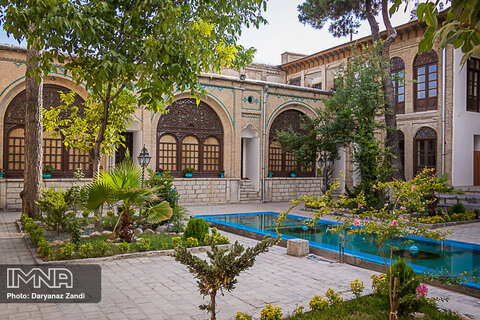Kermānshāh, formerly Bākhtarān, city, capital of Kermānshāh province, western Iran. The city lies in the fertile valley of the Qareh Sū River and is situated on the ancient caravan route between the Mediterranean Sea and Central Asia.
Iran (IMNA) - It was founded in the 4th century ce by Bahrām IV of the Sāsānian dynasty. Conquered by the Arabs in 640, the town was called Qirmasin (Qirmashin). Under Seljuq rule in the 11th century, it was the chief town of Kordestān. The Ṣafavids (ruled 1501–1736) fortified the town, and the Qājārs repulsed an attack by the Turks during Fatḥ ʿAlī Shāh’s rule (1797–1834).
Occupied by the Turkish army in 1915 during World War I, it was evacuated in 1917. The construction of a road in the 1950s over the age-old Khorāsān track added considerably to the importance of the city. The main industries in Kermānshāh include textile manufacturing, food processing, oil refining, carpet making, sugar refining, and the production of electrical equipment and tools. It is connected by road to Tabrīz, Hamadan, and Qazvīn and has an airport.
The surrounding region is one of the richest agricultural areas of Iran; its agriculture is now mostly mechanized. Irrigation is largely used in the upland valleys. Wheat and barley, corn (maize), clover, beans, oilseeds, rice, fruit, and vegetables are the main crops, and the hills in the area provide good pasturage.
The inhabitants are mainly Kurds of many different tribes, most of whom settled in urban areas after World War II. The history of the area extends back into antiquity, as many local monuments of Achaemenid and Sāsānid origin demonstrate—e.g., the rock carvings at Bīsitūn and Tāg-e Bostān. There are also many prehistoric remains in the form of mounds and formerly inhabited caves. Pop. (2006) 794,863.
Britannica






































Your Comment